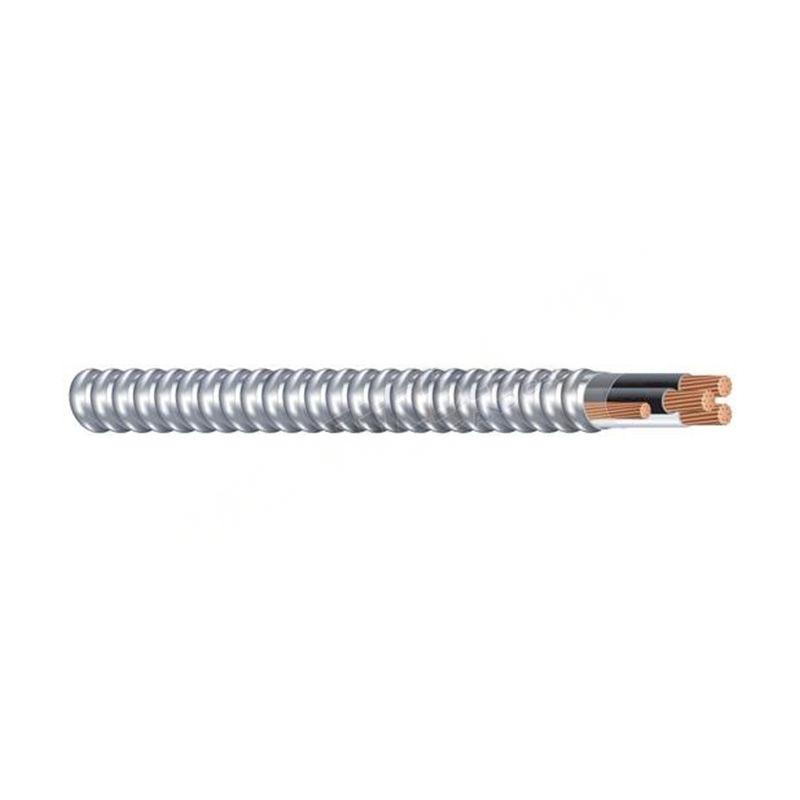Dec . 11, 2024 12:32 Back to list
hydraulic control valve
Understanding Hydraulic Control Valves A Key Component in Fluid Power Systems
Hydraulic control valves play a crucial role in the functioning of hydraulic systems, which are widely used in various applications including construction equipment, manufacturing machinery, and even aerospace technologies. These valves are responsible for regulating the flow and pressure of hydraulic fluid within a system, ensuring that the correct amount of force is delivered when needed. This article will delve into the workings, types, and importance of hydraulic control valves.
What is a Hydraulic Control Valve?
A hydraulic control valve is a device used to control the flow of hydraulic fluid in a circuit. By adjusting the flow paths, these valves can dictate the movement of hydraulic actuators such as cylinders and motors. Essentially, a hydraulic control valve acts as a gatekeeper, determining how much fluid can pass through a system at any given time.
Working Principles
Hydraulic control valves operate based on various principles, including mechanical, electrical, and proportional systems. The most common type is the spool valve, which uses a sliding spool to open or close different flow paths in the valve housing. When the spool is shifted to one side, it allows fluid to flow into one chamber while blocking it from another, effectively controlling the actuator's movement.
In proportional valves, the fluid flow can be adjusted proportionally to an electrical signal. This gives operators finer control over the system's speed and output, making it ideal for applications requiring precision, such as robotic arms and advanced manufacturing processes.
Types of Hydraulic Control Valves
There are several types of hydraulic control valves, each serving specific functions within a hydraulic system
hydraulic control valve

1. Directional Control Valves These valves direct fluid flow in a specific path. They can be operated manually, mechanically, or electrically. Directional valves are essential for controlling the movement of hydraulic cylinders and motors.
2. Pressure Relief Valves These valves prevent excessive pressure build-up in the system by diverting excess fluid back to the tank. This is crucial for protecting hydraulic components from damage due to overpressure.
3. Flow Control Valves These valves regulate the speed of an actuator by controlling the flow rate of the hydraulic fluid. This is achieved by adjusting the size of the opening through which the fluid passes.
4. Check Valves These are one-way valves that allow fluid to flow in one direction while preventing backflow. This is essential for maintaining pressure in one part of the system while fluid is directed elsewhere.
The Importance of Hydraulic Control Valves
The significance of hydraulic control valves cannot be overstated. They ensure the efficient operation of hydraulic systems, enhancing performance and safety. By controlling the flow and pressure of hydraulic fluid, these valves help in achieving the desired motion and function of machinery.
In industries such as construction and manufacturing, hydraulic control valves contribute to increased productivity and efficiency. They enable machines to operate faster and with greater precision, leading to improved output and reduced labor costs. Moreover, they play a vital role in safety, as they prevent equipment failures caused by overpressure and ensure stable operations.
Conclusion
In conclusion, hydraulic control valves are an indispensable component of hydraulic systems. Their ability to control the flow and pressure of hydraulic fluids makes them essential for the functionality of a wide range of applications. As technology advances, we can expect to see further innovations in hydraulic control valves that will enhance their capabilities and efficiency. Understanding their workings and significance is crucial for anyone involved in the design, maintenance, and operation of hydraulic systems.
Share